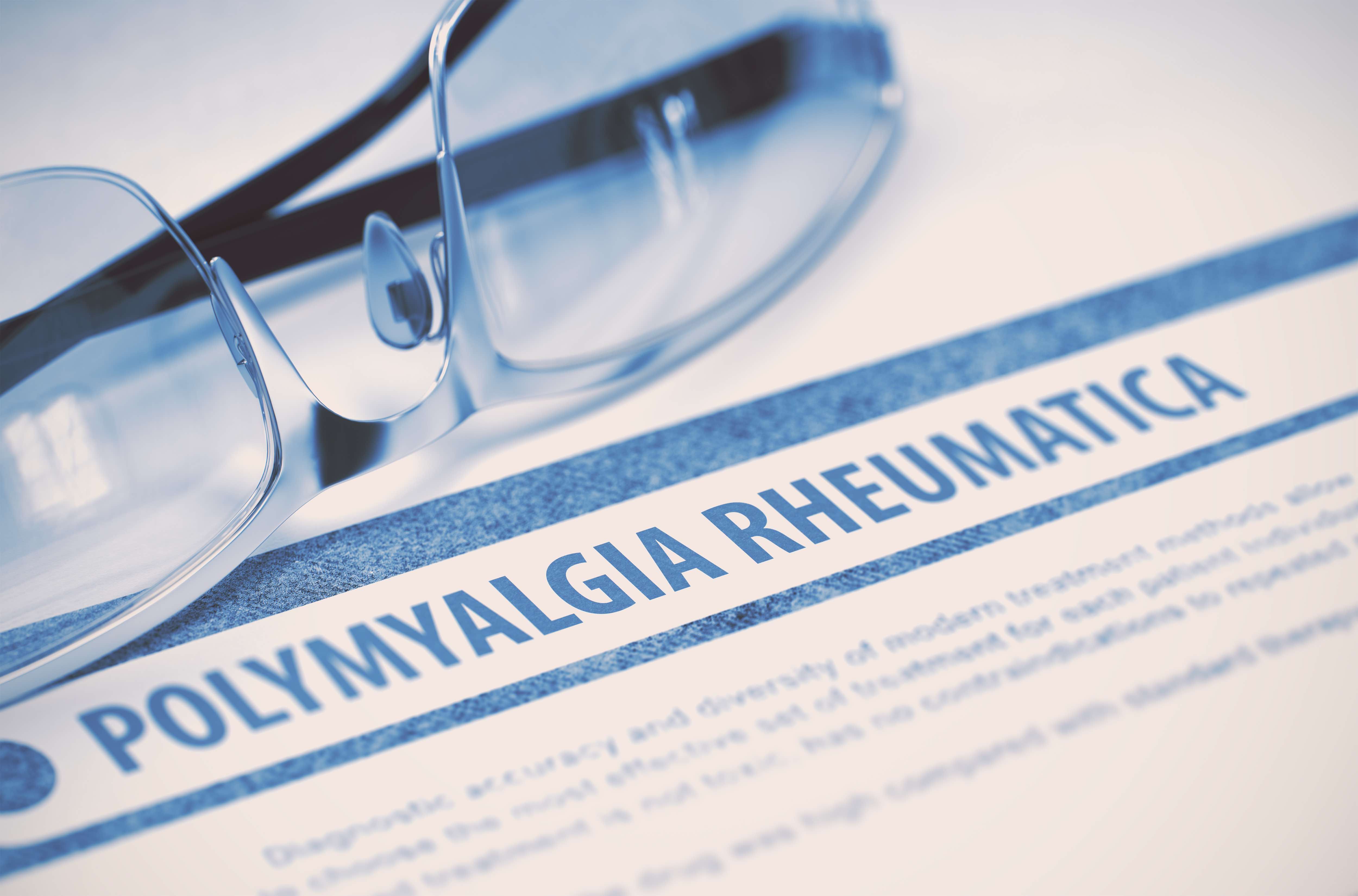- Center on Health Equity & Access
- Clinical
- Health Care Cost
- Health Care Delivery
- Insurance
- Policy
- Technology
- Value-Based Care
Sarilumab Demonstrates Sustained Remission in Patients With Polymyalgia Rheumatica
At week 52, sustained remission was observed in significantly more patients receiving sarilumab compared with placebo.
This article was originally published by HCPLive.
In patients with polymyalgia rheumatica who relapsed while tapering prednisone, those receiving sarilumab were significantly more likely to achieve sustained remission and had lower steroid exposure when compared with those receiving placebo, according to a study published in The New England Journal of Medicine.1
Sarilumab is a human monoclonal antibody designed to block the interleukin-6 (IL-6) pathway. Previous research have suggested blocking IL-6, which has been linked to the pathophysiology of polymyalgia, may be a clinically useful strategy.2
Polymyalgia rheumatica | Image credit: tashatuvango - stock.adobe.com

“Glucocorticoids have been the mainstay of treatment in patients with this condition,” wrote lead investigator Robert F Spiera, MD, director of the Scleroderma, Vasculitis, and Myositis Center at Hospital for Special Surgery, and professor of Clinical Medicine at Weill Cornell Medical College, and colleagues. “Although moderate doses of glucocorticoids (15 to 20 mg of prednisone) can control disease, more than half of patients cannot successfully taper glucocorticoid therapy. The resultant long-term treatment has been linked to substantial glucocorticoid-related side effects.”
The phase 3, multicenter, double-blind Sarilumab in Patients with Polymyalgia Rheumatica (SAPHYR) trial assessed the safety and efficacy of the drug in patients who experienced a disease flare while tapering glucocorticoids (a dose of ≥7.5 mg/day or prednisone dose equivalent). Patients were randomly assigned to a receive twice-monthly subcutaneous injection of either sarilumab 200 mg for 52 weeks plus a 14-week glucocorticoid taper period or placebo plus a 52-week taper period. Treatment was followed by a 6-week follow-up period.
The primary outcome was continued remission, which investigators defined as resolution of symptoms by week 12, sustained normalization of C-reactive protein (CRP), lack of disease flare, and the ability to adhere to the taper period from weeks 12 through 52.
In total 118 patients were included in the study, with 60 placed in the sarilumab group and 58 placed in the placebo group. The median age was 69 years, 83% were White, 70% were women, and the overall median time since diagnosis was 300 days.
At week 16, the proportion of patients with no signs or symptoms of polymyalgia rheumatic was 57% in the sarilumab cohort and 49% in the placebo cohort. At week 52, proportions were 81% and 57%, respectively.
At the 52-week mark, sustained remission was observed in 17 (28%) patients receiving sarilumab and 6 (10%) of those receiving the placebo. Additionally, the median cumulative glucocorticoid dose at the end of the study was significantly lower in the sarilumab cohort compared with the placebo group (777 mg vs 2044 mg, respectively; P < .001).
Common adverse events in patients receiving sarilumab were neutropenia (15%), arthralgia (15%), and diarrhea (12%). More treatment-related discontinuations were reported in those receiving the drug compared with the placebo (12% vs 7%, respectively).
Investigators noted the premature discontinuation of the study due to the COVID-19 pandemic, which therefore hindered statistical power, and the small sample size, limited the study. Additionally, they were unable to evaluate the safety and efficacy of sarilumab 150 mg in this patient population as only 1 participant received that dosage.
“Patients with polymyalgia rheumatica who have a relapse while tapering glucocorticoid therapy or have glucocorticoid-related adverse effects have limited treatment options,” investigators stated. “Thus, treatments that hasten disease remission, decrease symptoms, reduce overall dependence on glucocorticoids and the associated toxic effects, and improve quality of life and function are needed.”
References
- Spiera RF, Unizony S, Warrington KJ, et al. Sarilumab for Relapse of Polymyalgia Rheumatica during Glucocorticoid Taper. N Engl J Med. 2023;389(14):1263-1272. doi:10.1056/NEJMoa2303452
- Izumi K, Kuda H, Ushikubo M, Kuwana M, Takeuchi T, Oshima H. Tocilizumab is effective against polymyalgia rheumatica: experience in 13 intractable cases. RMD Open 2015;1(1):e000162-e000162
